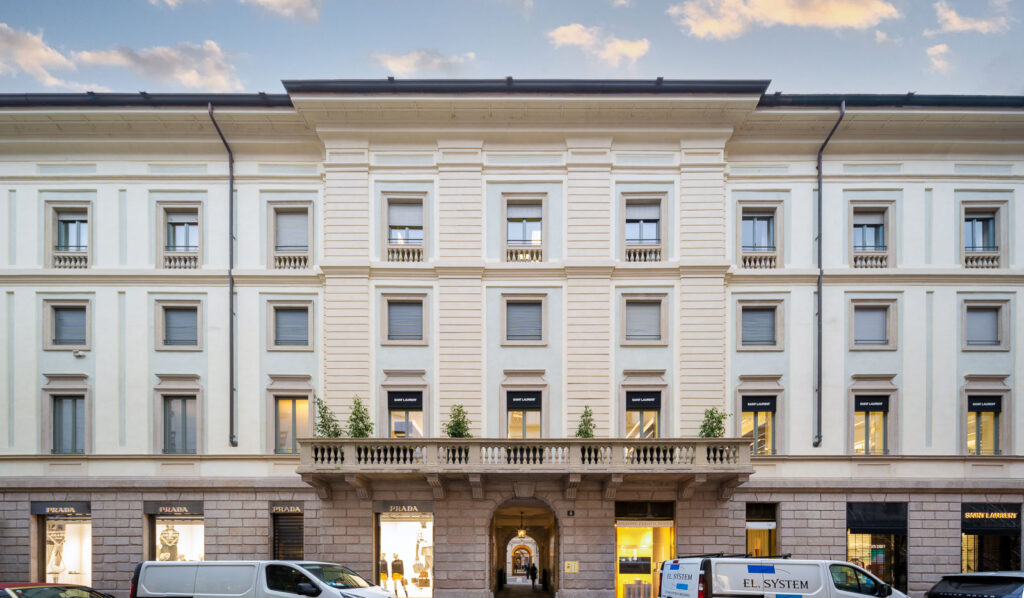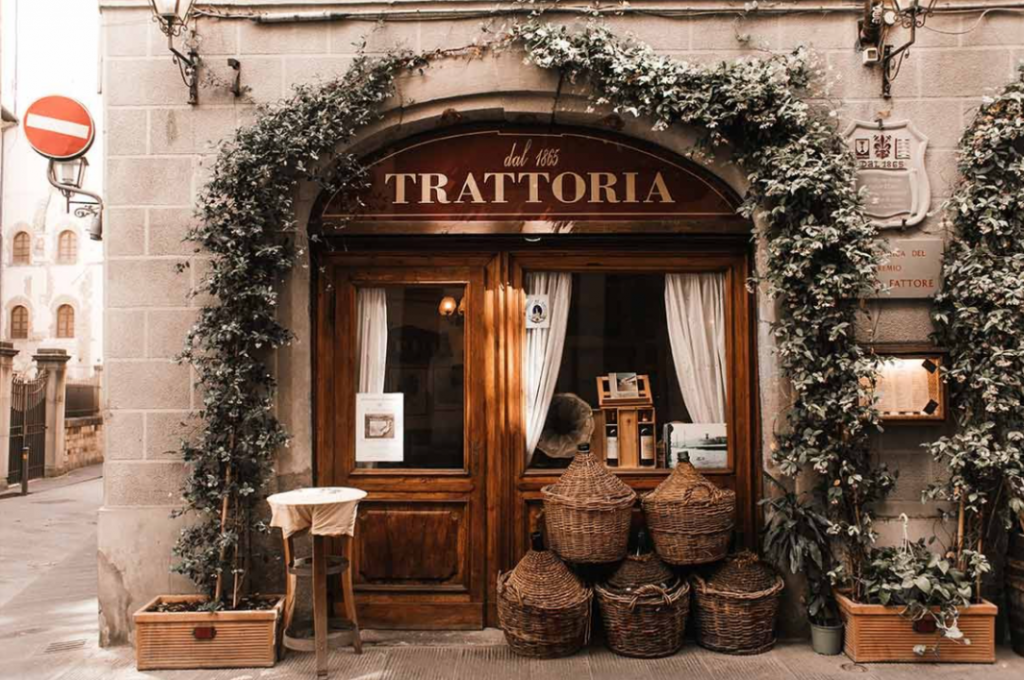How can you buy a property in Italy saving tons of money in taxes? You will discover it through the story of the most expensive real estate investment in the Italian history.
Kering, a group renowned for luxury brands like Gucci, is set to spend 1.3 billion euros to acquire the building at via Montenapoleone 8, located in the heart of Milan’s fashion district.
Looking at the matter from another perspective, considering the 11,800 square meters of gross floor area, translates to a price per square meter of over 110,000 €, an extraordinary and rarely seen figure, at least around these parts.
But this raises a question: what is happening in the Italian real estate market? To find out, we’ll delve into the story of the most expensive real estate transaction ever to take place in Italy, explore the key players involved, and try to understand if this operation makes sense and if it’s beneficial.
Blackstone Acquires Reale Compagnia
In 2021, Blackstone acquired 100% of Reale Compagnia through its subsidiary, Rialto Holdco. Reale Compagnia, previously owned by various Milanese families, owned 14 “trophy assets,” 13 in Milan and 1 in Turin.
The crown jewel among these assets is undoubtedly via Montenapoleone 8, located in the heart of one of the world’s most prestigious fashion streets.
Blackstone’s offer for the acquisition of the real estate company was 1.2 billion euros, naturally including all 14 buildings.
Kering’s Real Estate Strategy
On April 4, 2024, Kering announced the acquisition of Via Montenapoleone 8 in Milan for 1.3 billion euros.
Why?
“The investment fits within Kering’s selective real estate strategy, which aims to secure highly prestigious and coveted positions for its Maisons.”
Kering, the group owner of Gucci, Saint Laurent, Bottega Veneta, and Balenciaga, aims to secure the best locations for its stores and prefers to do so by acquiring real estate assets rather than paying rent.
Let’s explore some technical details implemented in this acquisition.
Acquiring the Company Instead of the Property
Kering did not actually acquire the property but rather the company that owns it. Why?
For high-value transactions, above a few million, it’s a fairly common practice that offers several advantages, especially in terms of taxation. The most important advantage is avoiding property transfer tax or VAT. The saving is significant considering that for the transfer of shares, only €200 in registration tax, stamp duty, and chamber rights are required.
If we consider the property transfer tax that Kering would have had to pay by directly purchasing the property (9% of the transaction amount), we’re talking about 117 million euros. A significant saving!
This strategy is also mentioned on Kering’s website, explaining how it is acquiring relevant real estate for its development strategy through Special Purpose Vehicles (SPVs), companies created specifically to manage particular real estate assets.
Kering also specifies that not all the equity (money) needed for investments is provided directly by the group but that it participates in these acquisition operations together with other partners.
The same strategy can be used by you, if your are planning to invest in Italian real estate.
Rents on Via Montenapoleone
Via Montenapoleone is considered the second most expensive street in the world for commercial leases, second only to New York’s Fifth Avenue.
Although precise information on the rental income from Via Montenapoleone 8 is not available, we can make estimates based on the average commercial lease values in the area.
On average, the price per square meter for renting a commercial property in Via Montenapoleone is around €15,000/sqm/year, and since the available commercial area is approximately 5,000 sqm, we can estimate a rental income of €75 million.
There are also around 6,000 sqm of other spaces (mostly offices or apartments). Assuming they can be rented at €1,200/sqm/year, the additional rental income could be around €7.2 million.
The total rental income, at full capacity, could be estimated at €82 million per year. However, I believe it’s not realistic to consider this figure because it would mean full occupancy (no vacant properties or delinquent tenants).
Even considering full occupancy, the gross overall rental yield would be around 6.3%. Not bad for an investment in the center of Milan, but I don’t believe achieving this operational result is straightforward.
Mediobanca, Blackstone’s advisor when it acquired Reale Compagnia, had declared €27 million in rental income for the entire package of 14 properties (significantly below the estimates made earlier).
The Real Reason Behind the Record Acquisition
Despite the significant rental income, Kering’s strategy aims to secure the best positions in the world’s most important fashion streets. The return on this operation is therefore indirect and will be evaluated mainly in terms of the value of the brands owned by Kering and the increase in sales of its luxury brands thanks to prime locations.
Kering has also acquired other very important properties in recent months, such as one located at the corner of Fifth Avenue and 56th Street in New York for $963 million.
Blackstone’s Profit
The real hero in this story, in my opinion, is Blackstone.
Remember it had acquired Reale Compagnia for 1.2 billion euros? Remember it consisted of 14 properties? Well, it managed to sell one of these, albeit the most important one, for 1.3 billion euros, slightly more than the total purchase price of all 14 assets together.
The capital gain will certainly have an absurd value, and, in addition to understanding how to minimize taxes on such profit, the folks at Blackstone will surely be celebrating.
It would certainly be interesting to understand at what value this property was valued on the balance sheet, but here we’re delving too much into technicalities, and perhaps we’ll discuss it in another article.
I hope you enjoyed this story and found it useful in understanding how to avoid taxes on a real estate transaction and how to buy a building worth 1.3 billion euros.
Let me know what you think: do you think it’s a positive move or a wasteful expense by Kering?




